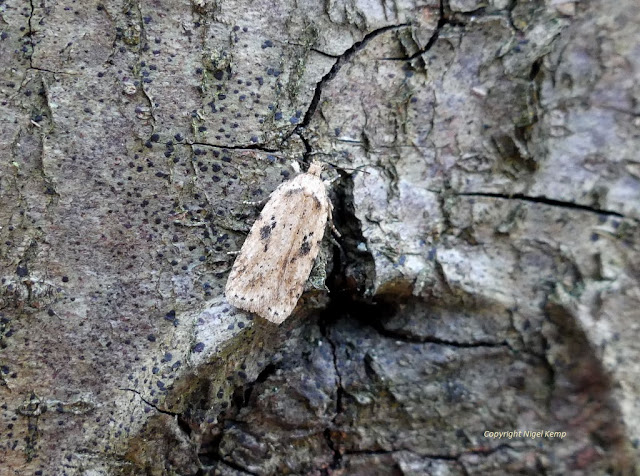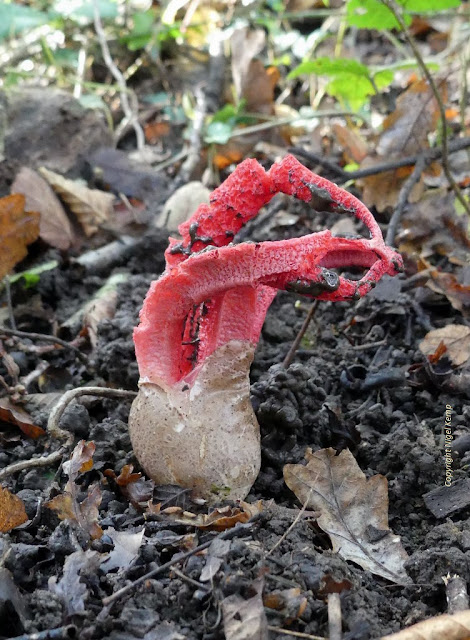As autumn progresses towards winter, the moth trap catches have become greatly reduced. There will still be a few species to come that are winter specialists and so I may yet put the trap out again if we are blessed with a few mild nights during the coming months.
Here is a selection of autumn species that I have attracted to the garden over the last couple of months, mainly common residents and occasional migrants.
The first four images are of species that were recorded in my garden for the first time.
Scarce Bordered Straw (Helicoverpa armigera)
Boxworm (Cydalima perspectalis)
Tree-lichen Beauty (Cryphia algae)
Cryptic Fern (Horisme radicana)
Centre-barred Sallow (Atethmia centrago)
Green-brindled Crescent (Allophyes oxyacanthae)
Oak Nycteoline (Nycteola revayana)
Black Rustic (Aporophyla nigra)
Chestnut (Conistra vaccinii)
Delicate (Mythimna vitellina)
L-album Wainscot (Mythimna l-album)
Red-green Carpet (Chloroclysta siterata)
Sprawler (Asteroscopus sphinx)
Feathered Thorn (Colotois pennaria)
Palpita vitrealis
November Moth (Epirrita dilutata)




















































